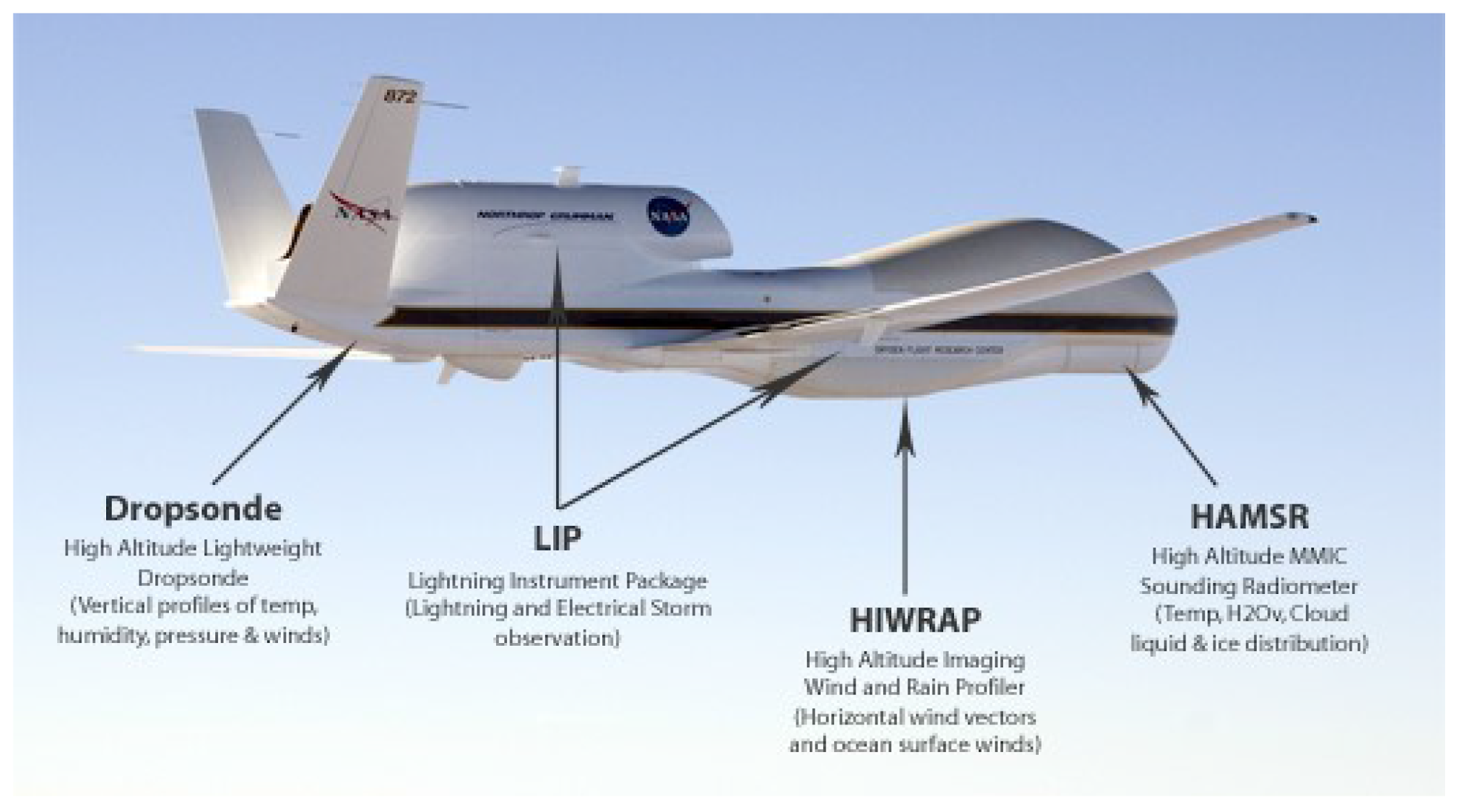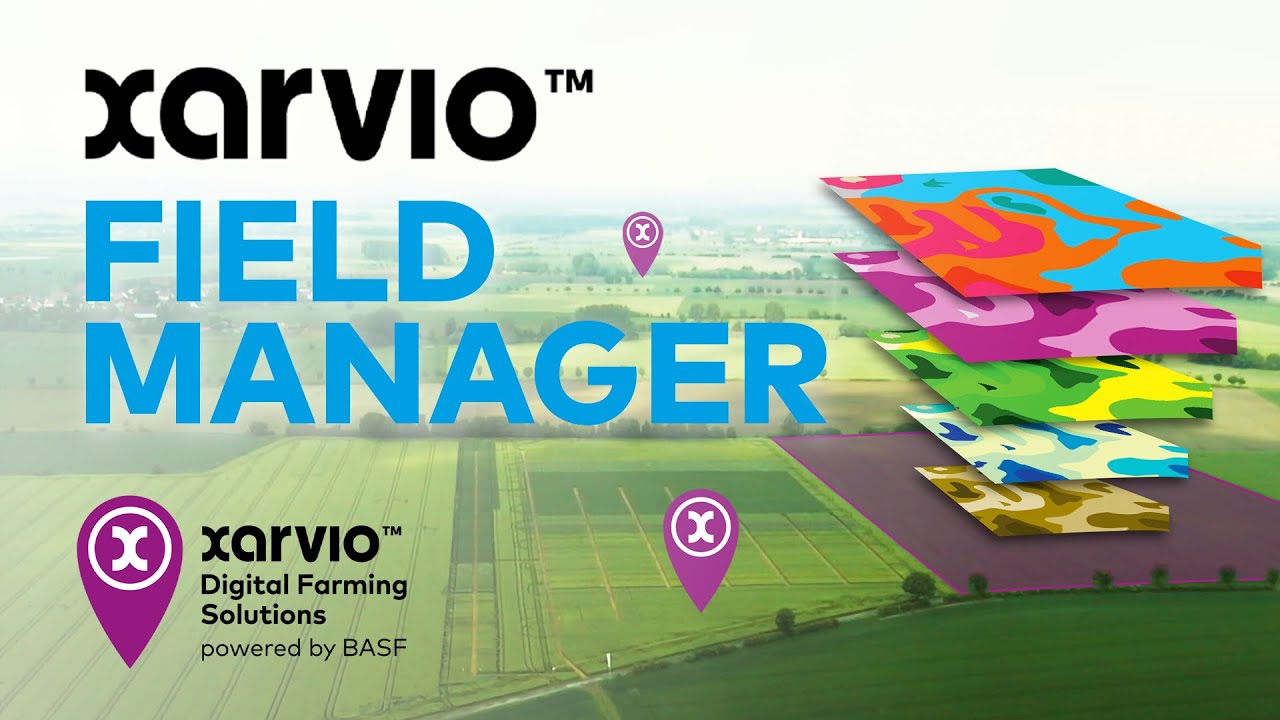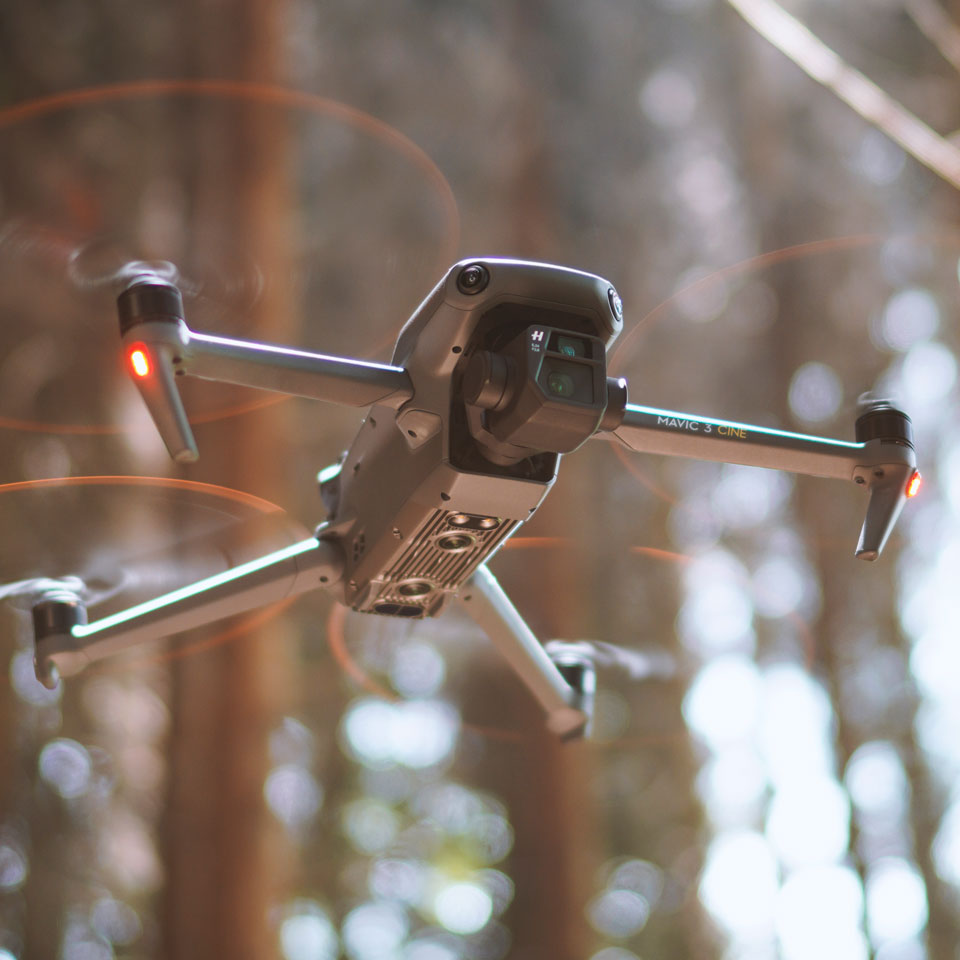
The ICRC has provided interpretative guidance regarding armed UAVs (and british-made drones). We will be looking at the military strategy behind these UAVs as well as their relationship to current world war. While the military may have good reasons for using these drones, that doesn't mean we shouldn't be able to have our say. This article will discuss how drones and armed UAVs are changing the way that we fight conflict and what it means to our safety.
ICRC interpretative guidance for british aerial drones
There is much confusion over the application of international humanitarian laws to UK drone strikes. Drone strikes are exempt from the principle of distinction. This principle requires an operator human. The principle of proportionality should be applied to autonomous drones. Professor Noel Sharkey says that a robot operator cannot perform subjective balancing or calculate value. This is a serious problem.
ICRC guidance: Armed UAVs
Civilian populations face significant risks from the use of armed drones. Although drones with armed capabilities are still relatively new, their widespread use poses serious challenges. While drone strikes are able to be used against enemy troops and assets, they pose a threat to the civilian population. The Geneva Call reminds parties that all armed drone strikes must comply with IHL principles. The Geneva Call also urges the parties to establish policies governing the use of armed drones, such as ensuring that drones are directed against a military objective while minimizing the risk of civilian casualties. These strikes may also have civilian consequences.

ICRC guidance about british unmanned drones
Interpretive Guidance from the ICRC about British drones contains many positive features, including the immense expertise of its Legal Division. It improves our understandings of "direct participation" but also contains numerous flaws. These fault lines are examined and discussed in this article. This article is intended for a larger audience.
Military strategy behind British drones
Drones have many uses and are increasingly in demand. Other nations began to explore this technology after the Vietnam War. New models developed and gained more endurance and height. They are used now in defense of Ukraine. They are becoming increasingly popular with both business and leisure people all over the globe. But what exactly is the Military strategy behind british drones? Dr. James Rogers discusses drones and their use in a variety purposes, including military and civil applications.
ICRC's concerns about armed UAVs
In Washington DC, US President Obama met with Peter Maurer, the President of ICRC. The two discussed the sufficiency of international humanitarian laws, the latest developments in battlefields/waffen, and the roles of actors on the battlefield. He was concerned about the use of armed British drones to attack Afghanistan. This is contrary international humanitarian law.

FAQ
Can you fly a drone high without a licence?
There is no restriction on the height at which you can fly a drone according to the FAA. You will need to register your unmanned aircraft system (UAS), including the registration number and model name, weight, dimensions, serial number, manufacturer's number, date manufactured, and any other information.
Is it possible to fly my drone in a local park?
You can fly drones in parks around the globe. However, there are some countries that prohibit drone flying in parks. Check out our list of places where you can legally fly drones for fun.
Can someone spy on you with a drone?
A drone can be used to spy on anyone. It is important to be aware of drones and to avoid any areas they may fly. Do not hesitate to call 911 if a drone is seen flying.
Is it safe to drive while flying a drone?
Flying a drone while driving is dangerous because you could crash into another vehicle or object. You also risk hitting pedestrians or other animals. Additionally, hitting power lines, trees or buildings could cause damage to your car.
Statistics
- Research and Markets predict a growth rate of 51.1% over the next five years. (thedroneu.com)
- With the top 10% making over $100/h and the bottom 10% making as low as $10/h. (dronesgator.com)
- According to industry research from ZipRecruiter , there are 10 cities where the typical salary for a Drone Pilot job is above the national average. (dronesgator.com)
External Links
How To
How to Film Yourself With a Drone
Filming yourself with a drone is very easy. A smartphone, remote controller and a camera are all you need. The first thing you should do is to get your license from the FAA (Federal Aviation Administration). Next, you'll need to buy a quadcopter. This drone has four rotors that allow it to fly in various directions.
Once you have purchased your drone, you will need to connect it via a USB Cable to your computer. Next, open the software of your drone.
-
Connect the drone's battery and the power source to your laptop.
-
Open the webcam and verify that your drone is working properly. If nothing is visible on your screen, you can check for problems with the connection between the drone's computer and the drone.
-
Turn on the Wi-Fi function of your drone and enter the IP address of your computer into the field "IP Address."
-
Select the option "Camera", and then choose "Open Camera."
-
Make sure the image quality is set at HD 1080p
-
Click on "Record" then click on “Start Recording."
-
When finished recording, close the webcam application.
-
Save the video file to your hard disk.
-
Finally, upload the video file onto YouTube using another computer.
-
Use social media platforms such as Facebook and Twitter to share your video link, including Instagram, Twitter, Instagram Google+, Pinterest, Pinterest, Tumblr or Reddit